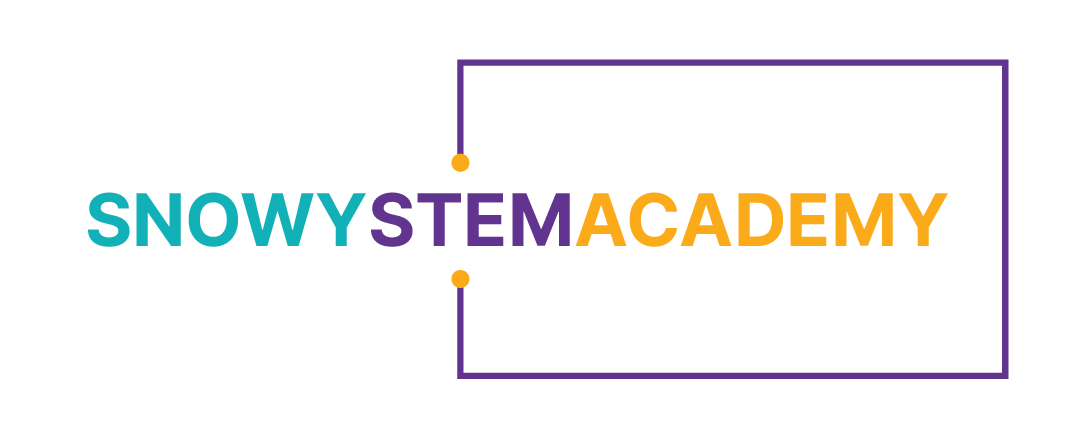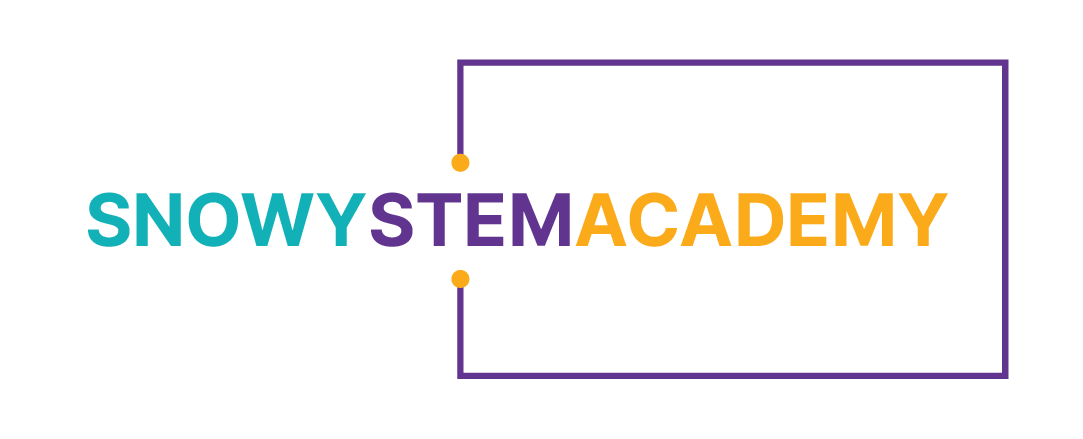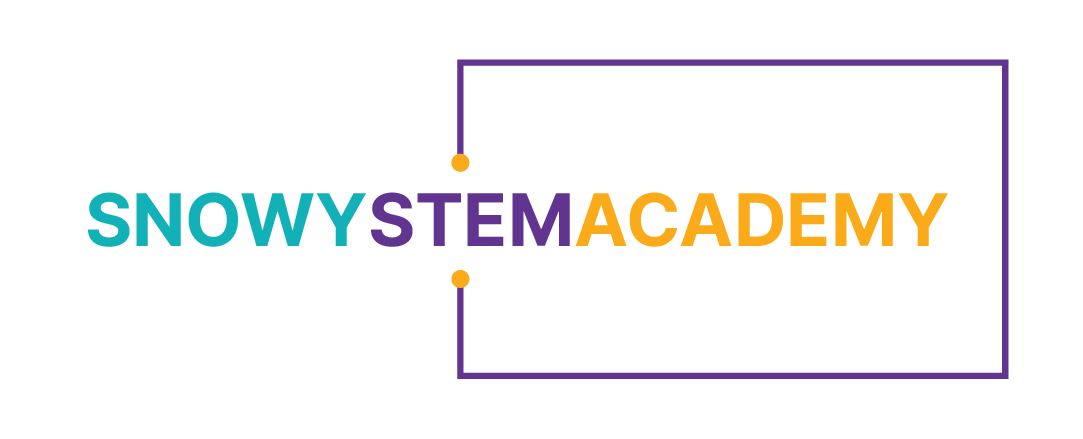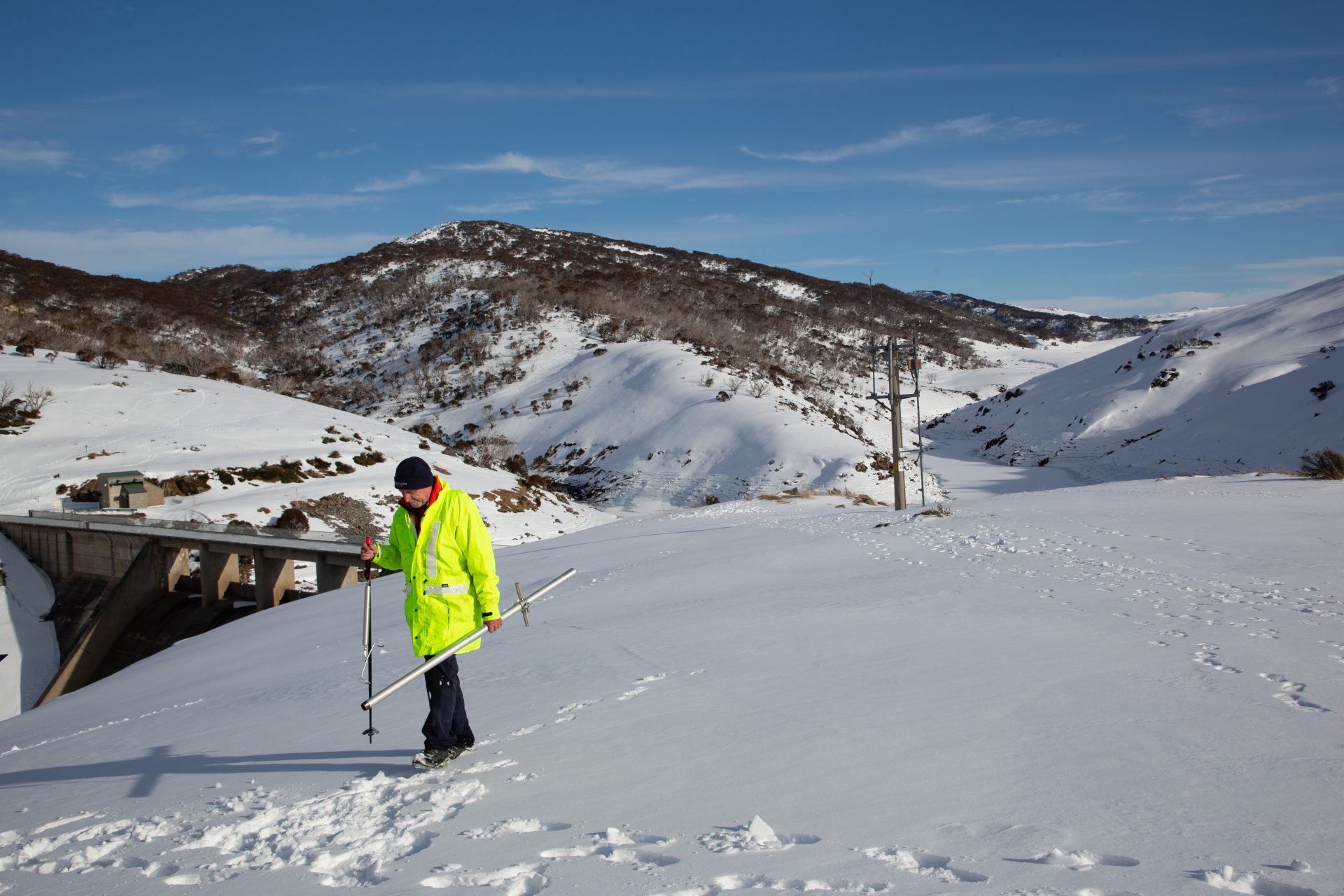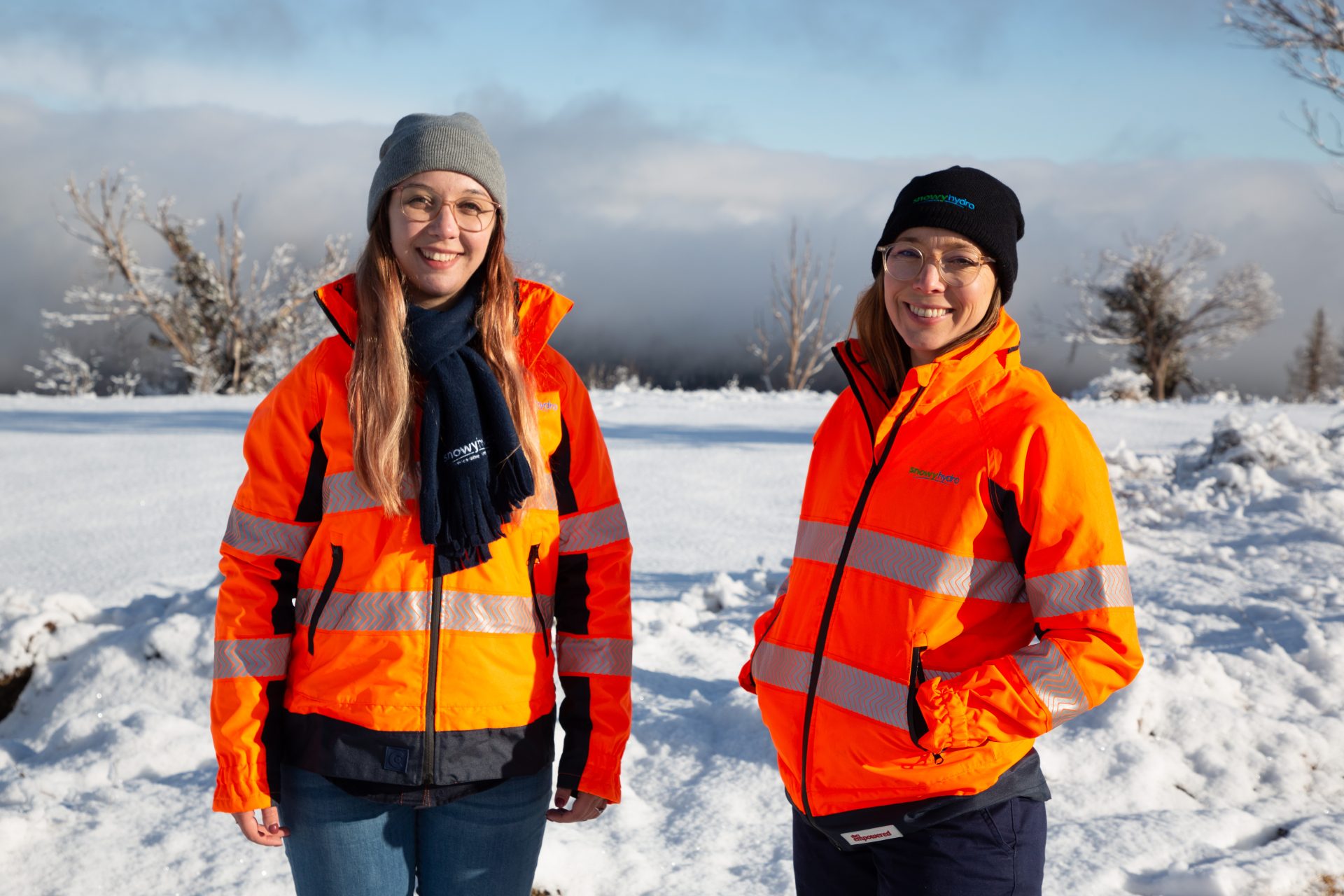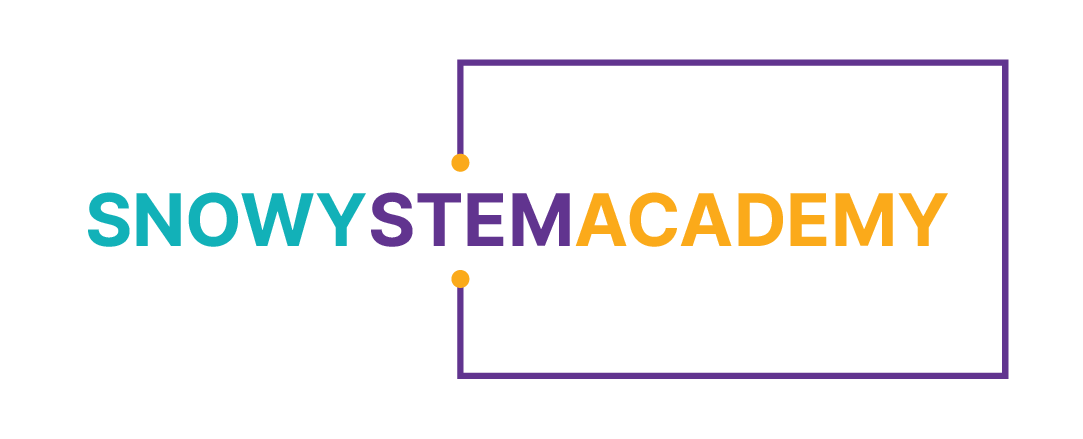Cloud seeding can enhance snowfall over the Snowy Mountains during the cold months, increasing the amount of water available to produce clean, renewable energy.
2024 CLOUD SEEDING UPDATE: Snowy Hydro is pausing cloud seeding operations in 2024 as we undertake a program review. For more information, see here.
Since 2004, Snowy Hydro has been conducting a successful cloud seeding program to enhance snowfall over the Snowy Mountains during suitable conditions in the cold months. Our cloud seeding program is backed by extensive scientific research, independent review and stringent environmental regulation.
While there are a number of different cloud seeding techniques in operation worldwide, Snowy Hydro’s cloud seeding program uses ground-based generators to introduce a seeding agent into suitable existing clouds in a process called ‘glaciogenic cloud seeding’ to encourage the formation and growth of ice crystals. This enhances the amount of snow falling from the cloud.
Snowy Hydro’s cloud seeding program began as a scientific trial in 2004, enabled by NSW legislation, the Snowy Mountains Cloud Seeding Trial Act 2004 (NSW). An independent scientific evaluation of the trial found that under suitable conditions, cloud seeding increased precipitation by an average of 14 percent and that there were no adverse environmental impacts on rainfall downwind of the target area. The evaluation is supported by scientific peer-reviewed publications. The NSW Natural Resources Commission conducted an independent review of the trial, evaluation and the environmental monitoring program. It was found cloud seeding increased snowfall in the target area and there was no evidence of adverse environmental impacts.
From 2013, Snowy Hydro has conducted an ongoing, operational cloud seeding program under the amended Snowy Mountains Cloud Seeding Act 2004 (SMCS Act).
Key aspects of Snowy Hydro’s cloud seeding program can be found below:
- Cloud seeding operations are carried out in accordance with an approved Environmental Management Plan (EMP).
- The NSW Environment Protection Authority (EPA) is nominated to review compliance of cloud seeding operations with the SMCS Act and the EMP. Snowy Hydro reports annually on its cloud seeding operations to the NSW Government and EPA.
- The area targeted for cloud seeding is approximately 2,110 km2 within the Snowy water catchment in the Snowy Mountains region.
- Silver iodide is the approved seeding agent. Silver is already present in the atmosphere, soil and sediments of the Snowy Mountains from natural and distant industrial sources, unrelated to cloud seeding. Silver iodide is used for cloud seeding because it has similar physical properties to an ice crystal. It is also insoluble in water and does not readily become biologically available in the environment.
- The use of a ‘tracing agent’ during cloud seeding operations ceased following the 2011 season.
- Land-based aerosol generators are the approved method to dispense the seeding material. Snowy Hydro’s cloud seeding program does not involve the use of aircraft.
- Operations are only carried out when precipitation is likely to fall as snow to at least 1,400 metres, as stipulated by the SMCS Act. Cloud seeding operations only take place during suitable atmospheric conditions in the cool-season, between May and October.
- Snowy Scheme storage levels are assessed before each cloud seeding event to ensure additional snowmelt from cloud seeding will not contribute to flooding downstream.
- On average 90 hours of cloud seeding are carried out each year, however, this depends on the frequency of suitable weather systems for cloud seeding, which varies year to year.
- Environmental management has always been a critical component of Snowy Hydro’s cloud seeding program. Silver concentrations are monitored in a range of environmental matrices and potential accumulation zones within and around the target area. Over 10,000 environmental samples have been collected to date. Environmental samples undergo chemical analysis at an independent laboratory and the results undergo independent statistical analysis and a verification audit. There continues to be no evidence of any significant adverse environmental impacts associated with cloud seeding activities.
- There is no evidence of an effect from cloud seeding on precipitation outside of the target area.
- Independent evaluation has shown that under suitable conditions, cloud seeding increases precipitation by 14%. When the snow melts the additional water is valuable for renewable hydroelectricity, the environment and other downstream water uses.
Click here to access the annual cloud seeding operations reports.

